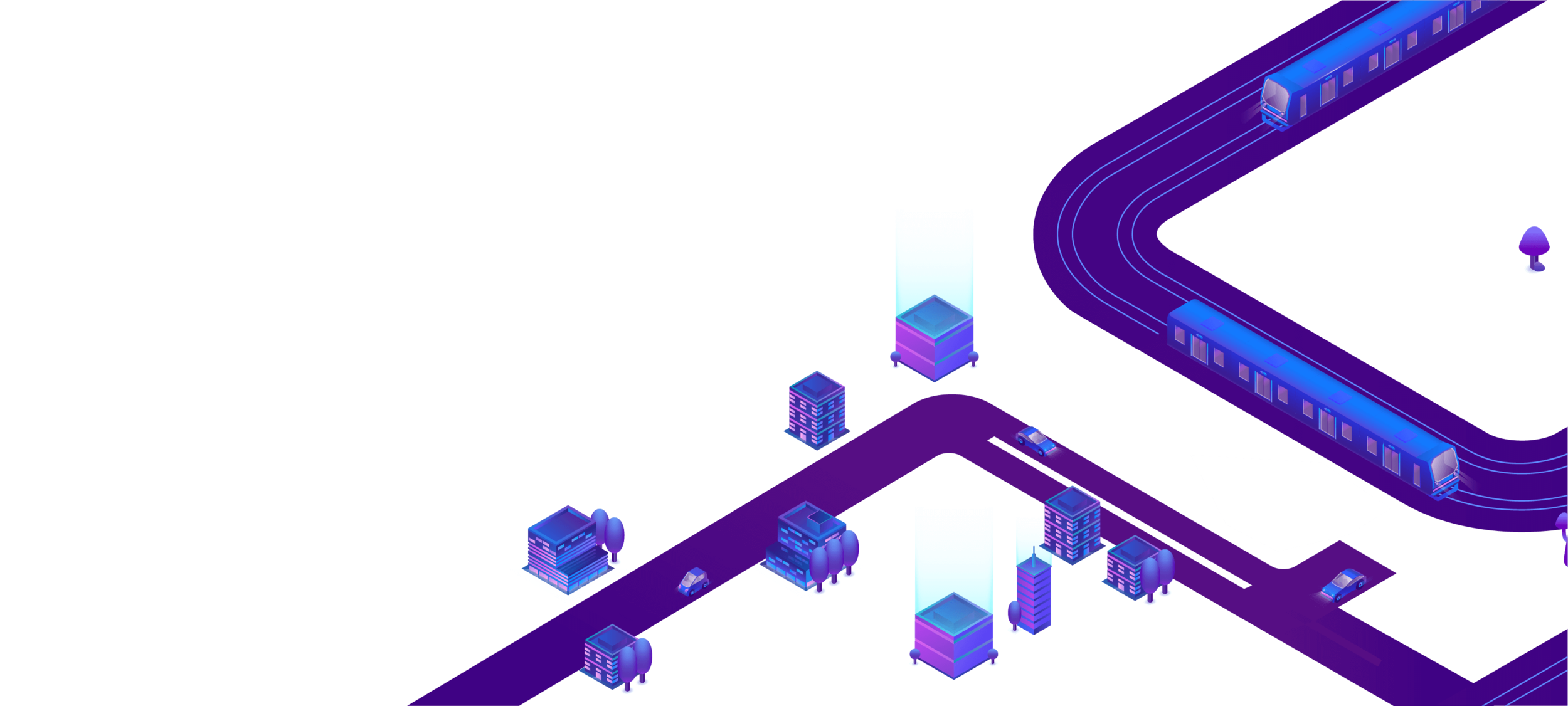
Making railway inspection data actionable for maintenance…
…transforming how infrastructure owners and engineers perform maintenance
Machines With Vision ensures that every track maintenance worker - whether human, human driven machine or robot - is safely and precisely guided to the exact position needed to carry out their work.
Over the past 30 years, railway inspection has seen incredible advancements in automation, but this progress has also seen inspection and maintenance, once seamlessly connected, drift apart.
At Machines With Vision, we have made railway inspection data actionable by maintenance people and autonomous machines.
Our monitoring system, RailLoc, is installed on inspection trains, synchronising seamlessly with defect measurement systems, such as ultrasonic testing systems, to digitally “paint” defects onto the tracks. Maintenance crews, machinery, and robots can then read this digital “paint” using our advanced AI powered app, Fault Navigator, to precisely locate and identify defects for verification and repair.
Our solution means that track maintenance work, is immediately, and measurably, safer and more effective.
Locating a defect on the railway can be a difficult task, using GPS to navigate to it can be impossible. It's easy for a track worker to be directed to the wrong track or location so that the defect isn't found and the valuable possession time is wasted.
Machines With Vision has developed pioneering solutions to the challenge of location and data positioning in rail, transforming how infrastructure owners and engineers perform maintenance.
We position asset data recorded by measurement trains; such as ultrasonic testing systems; automatically, precisely and everywhere; enabling track workers to get to defects quickly, safely and with certainty using our mobile app, Fault Navigator.
Fault Navigator works everywhere, even where there is no GPS signal and no mobile signal, with millimeter precision; ensuring that you find the defect quickly and safely by using the time on site efficiently, fixing the defect rather than searching for it.
Machines With Vision is a venture-backed rail tech company, creating transformative navigation and automation solutions for the international rail industry. Through expertise from other sectors; such as computer vision, robotics and autonomous vehicles; we are transforming today's highly manual railway maintenance into modern data-centric and increasingly automated processes.
Machines With Vision was founded in Edinburgh, UK in 2016.
Our award-winning solutions have been deployed on the national railways in the UK, US, Germany and Switzerland.
Our technology
Unique state-of-the-art sensors capture and process images up to 200km/hr, offering a millimeter-accurate solution with no latency or motion blur.
Our rail industry approved IoT (Internet of Things) positioning sensors are installed on the underside of diagnostic or passenger trains, and the geolocation of any sensor, at any time, is available through our cloud-based software API (Application Programming Interface).
National Rail Awards 2023 ’Safety Achievement of the Year’
In September 2023, Machines With Vision, along with our Class 153 Project partners - Network Rail, Porterbrook, DG8 and One Big Circle, received the award for ‘Safety Achievement of the Year’ for our work on safer switches and crossings, at the National Rail Awards 2023.
The project involved the repurposing of in-service trains and re-fitting them with multiple sensor packages. This award was for work evaluating the use of combined video technology and accurate positioning for office-based Switches & Crossings (S&C) inspection. Even this early work reduced on-track patrols by maintenance engineers by 50%, not only reducing time and cost but getting significant ‘boots off ballast’.
Read more about it








